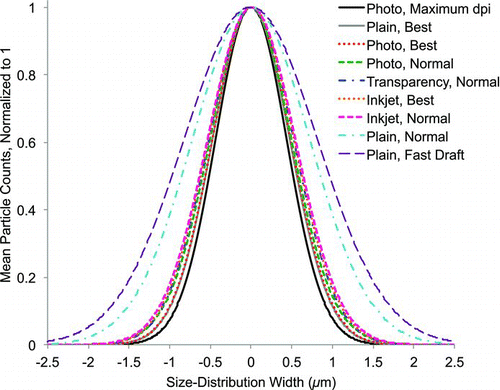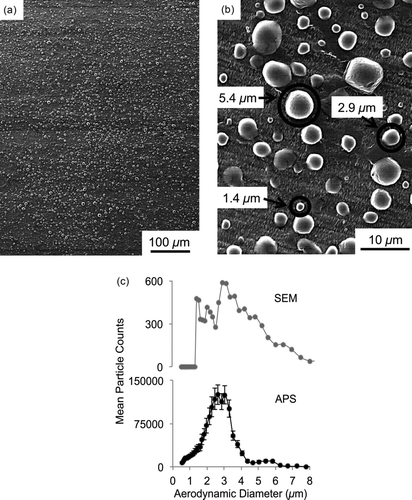Figures & data
FIG. 1 Schematic drawings of the experimental setup showing (a) the modified inkjet printer and stationary mounted cartridge carriage (top view) and (b) the droplet collection, dehydration, and microparticle characterization devices (side view).
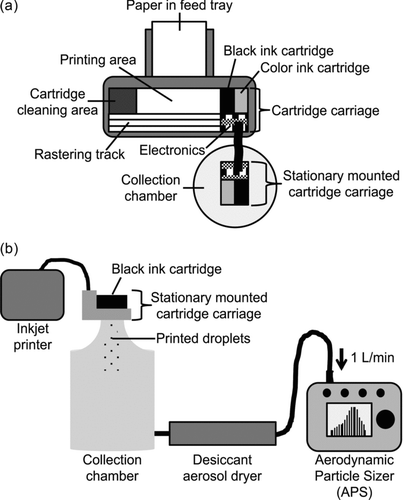
TABLE 1 Physical properties of aqueous GDL solutions used during experiments and HP 60 black ink for comparison (n = 3, mean ± one standard deviation)
TABLE 2 Paper type and print quality settings investigated for effect on printed aerosol characteristics (* indicates tested experimental condition, N/A indicates setting not available)
FIG. 2 Mean APS size-distribution results for microparticles created by printing aqueous solutions with varying GDL concentrations demonstrate particle size tunability by varying solute concentration (n ≥ 2, error bars are one standard deviation).

FIG. 3 Mean microparticle aerodynamic diameters generated using various GDL concentrations in the printed aqueous solutions in comparison to theoretical particle diameters from droplets 30 μm in diameter produced using the same GDL solutions (n ≥ 2, error bars are one standard deviation). Note separate y-axes for the experimental and theoretical results.
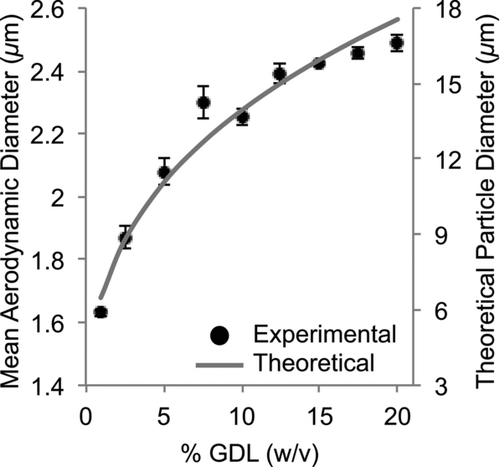
FIG. 4 Mean microparticle size-distribution Gaussian fit results showing increasing distribution maximum positions with increasing GDL concentration and comparable size-distribution width for all GDL solutions (n ≥ 2). The mean particle counts for all samples are normalized to one for comparison. (Color figure available online.)
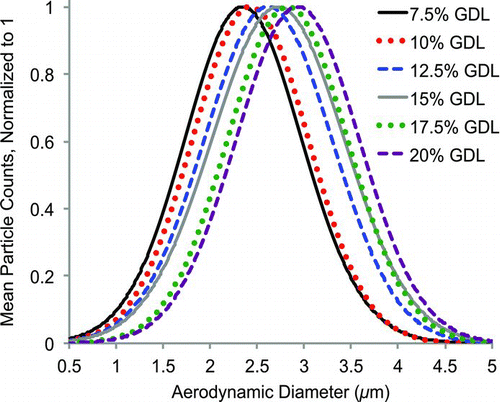
TABLE 3 Microparticle size-distribution resolutions for all tested GDL solutions, indicating considerable overlap among the different size-distributions
TABLE 4 The number of cartridge carriage passes and time expended by the modified inkjet printer to execute the same print job to generate aerosols using various paper type and print quality software settings (n = 3, mean ± one standard deviation)
FIG. 5 Mean size-distribution results from APS measurements of microparticles generated by printing 15% GDL solution using (a) plain paper, (b) photo paper, (c) inkjet paper, and (d) transparency film settings along with the associated print quality settings available in the commercial printer software (n ≥ 3, error bars are one standard deviation).
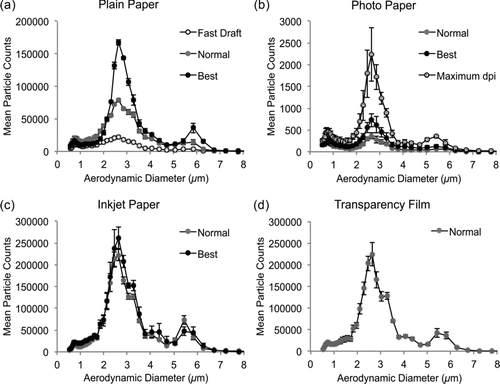
FIG. 6 Mean microparticle size-distribution Gaussian fit results for 15% GDL solution printed using different paper type and print quality settings (n ≥ 3), arranged in ascending order according to mean FWHM value. The mean particle counts for all samples are normalized to one, and all size-distribution maxima are aligned to zero for comparison. These results demonstrate the ability to tune the width of the generated microparticle size-distribution by altering the commercial printer software settings used during production. (Color figure available online.)
